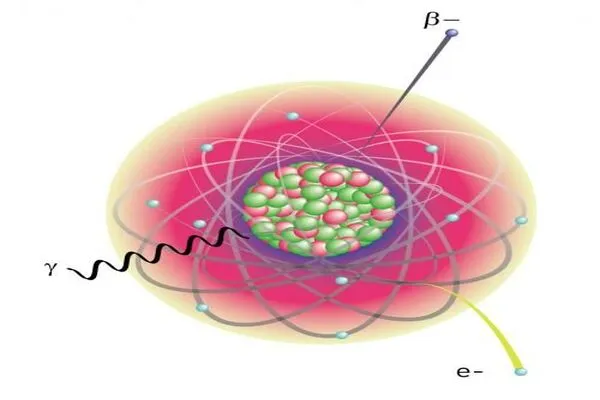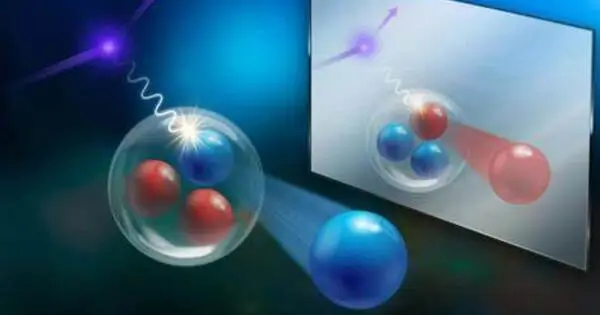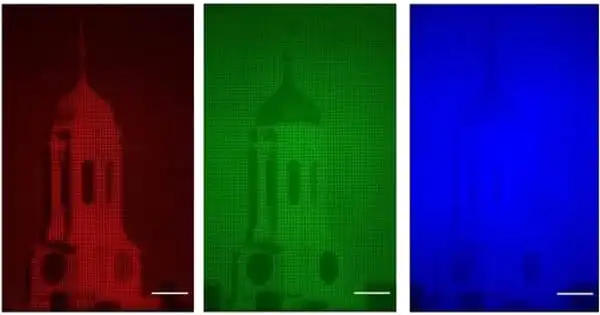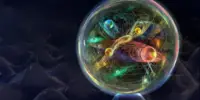Neutron-rich nuclei are atomic nuclei with a higher number of neutrons than protons. These nuclei are frequently seen in areas of the nuclear chart where the number of neutrons exceeds the number of protons. Understanding nuclear structure, nuclear reactions, and astrophysical phenomena such as nucleosynthesis in supernovae requires research into neutron-rich nuclei.
According to experts, the neutron-rich oxygen isotopes oxygen-27 and oxygen-28 exist as very short-lived resonances due to the first observation of their disintegration into oxygen-24 and three and four neutrons, respectively. Notably, the oxygen-28 nucleus is not shown to be ‘doubly magical,’ as predicted by the usual shell-model depiction. This research provides important information on the nuclear structure.
The investigation of physical systems under extreme conditions provides important insights into their organization and structure. In nuclear physics, neutron-rich isotopes, particularly those with a neutron-to-proton ratio that differs greatly from that of stable nuclei, provide rigorous tests of modern nuclear structure theories. These isotopes exist as extremely short-lived resonances that decay by spontaneous neutron emission.
The researchers investigated the cross-section for the production of 28O from the 29F beam, finding it to be consistent with 28O not exhibiting a closed N = 20 shell structure. This finding suggests that the ‘island of inversion,’ in which the energy gap between neutron orbitals weakens or vanishes, extends beyond the fluorine isotopes 28F and 29F into the oxygen isotopes.
Dr. Kondo
An international collaboration of researchers led by Yosuke Kondo, an Assistant Professor at the Department of Physics at Tokyo Institute of Technology, reports the first observation of two such isotopes, oxygen-28 (28O) and oxygen-27 (27O), through their decay into oxygen-24 with four and three neutrons, respectively, in a new study published in Nature. The nucleus 28O, which consists of 8 protons and 20 neutrons (N), is of particular importance since it is believed to be one of the few ‘doubly magical’ nuclei in the classic shell-model view of nuclear structure.
The capabilities of the RIKEN RI Beam Factory, which could produce intense beams of unstable nuclei connected to an active target of thick liquid hydrogen and multi-neutron detection arrays, permitted the study’s success. The neutron-unbound isotopes 27O and 28O were produced through proton-induced nucleon knockout processes in a high-energy 29F beam. The researchers detected and examined these isotopes by directly detecting their decay products.

They discovered that 27O and 28O exist as narrow low-lying resonances and compared their decay energies to the results of sophisticated theoretical models based on effective field theories of quantum chromodynamics (a large-scale shell model calculation and a newly developed statistical approach). Most theoretical techniques projected that both isotopes would have higher energies. “Specifically, statistical coupled-cluster calculations suggested that the energies of 27O and 28O can provide valuable constraints for the interactions considered in such ab initio approaches,” Dr. Kondo explains.
“The researchers also investigated the cross-section for the production of 28O from the 29F beam, finding it to be consistent with 28O not exhibiting a closed N = 20 shell structure. This finding suggests that the ‘island of inversion,’ in which the energy gap between neutron orbitals weakens or vanishes, extends beyond the fluorine isotopes 28F and 29F into the oxygen isotopes,” Dr. Kondo explains.
The new findings contribute to our understanding of nuclear structure by providing fresh insights, particularly for exceptionally neutron-rich nuclei. Furthermore, the multi-neutron-decay spectroscopy technique used here allows for extensive research of multi-neutron correlations as well as the study of other unusual systems.
















